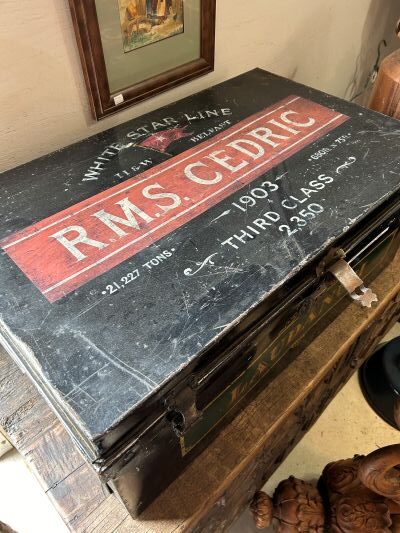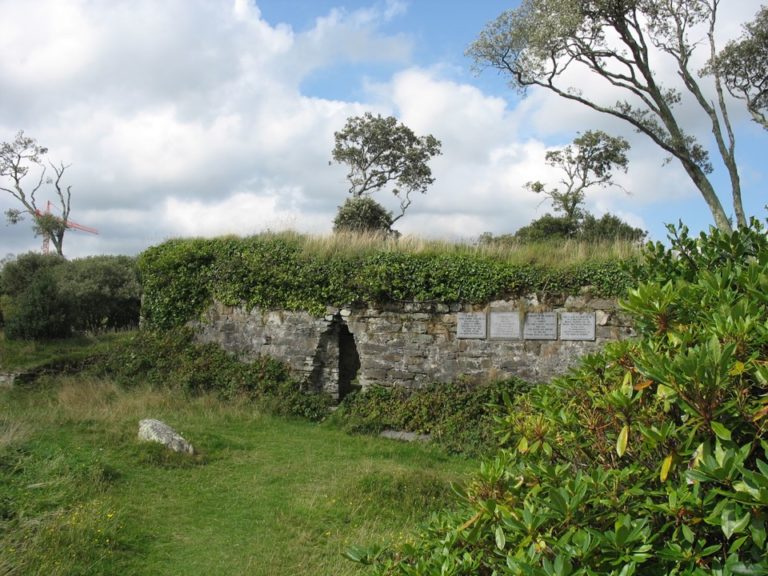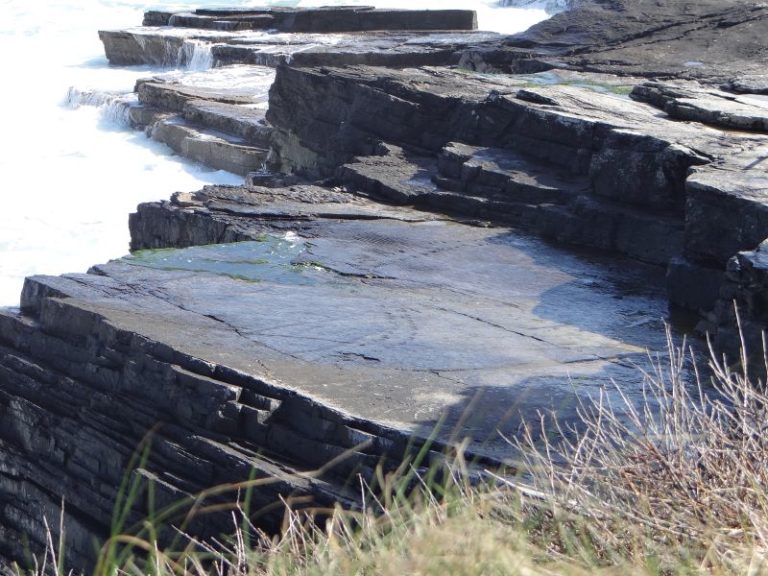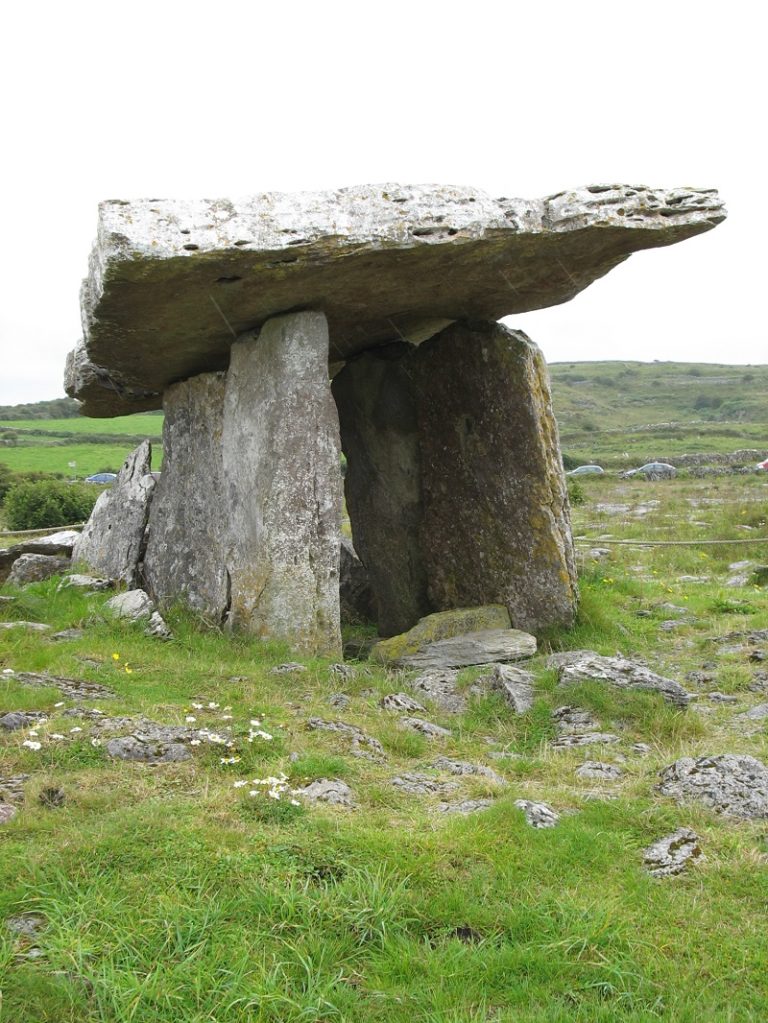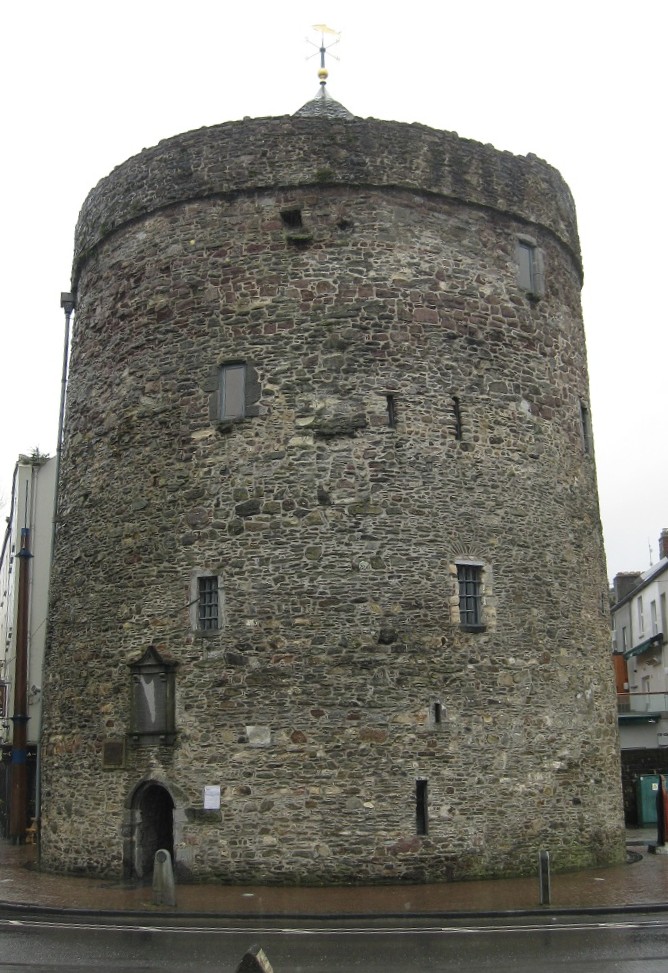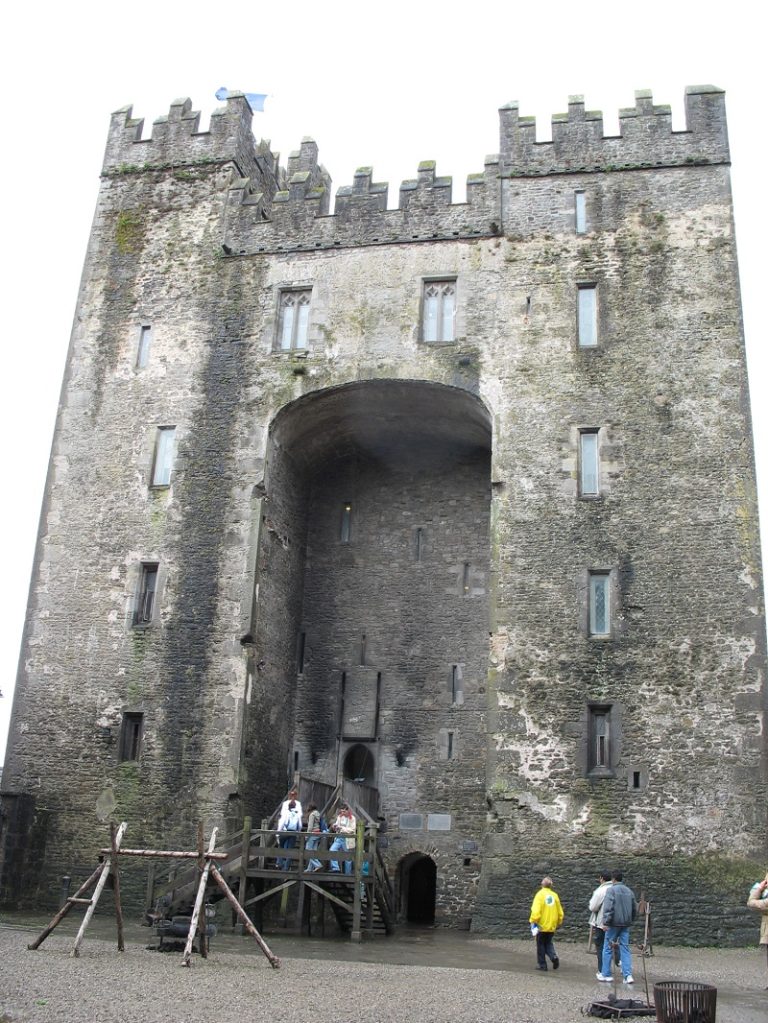Historical Places to Visit in Ireland

There are so many historical places to visit in Ireland, from dinosaur tracks to Norman castles to filming locations of Game of Thrones. Maybe that last one isn’t really a historical event, but it’s got parallels to all kinds of historical references, including Hadrian’s wall and the War of the Roses.
Ireland is the first place I went as a solo traveler and I try to get back every couple of years if I can. It never gets old and I always find something new. Like many people around the world, I have Irish ancestry and enjoy doing genealogical research, which can get difficult once you get back more than a couple of generations!
I’ve flown into Shannon, Dublin and Cork – sometimes from the US and sometimes from other cities in Europe – and I’ve never had a problem at any of them with either renting a car and heading off or hopping on a bus for the next destination. I’ve never taken the trains in Ireland, so that’s something to put on the list. Understandably, the train lines mostly radiate out from Dublin, but you can travel somewhat along the coasts by train, and between major cities and airports.
HISTORY
[bg_collapse view=”link” color=”#4a4949″ icon=”arrow” expand_text=”Show More” collapse_text=”Show Less” ]
In the 1990’s, a set of fossilized footprints were discovered on the west coast of Ireland and are believed to be the oldest in Europe and possibly the world. The tracks were left by a tetrapod, who pre-date the dinosaurs and were one of the earliest known vertebrates to leave the sea about 400 million years ago (O’Sullivan, 1997). I’ve visited the site and it’s definitely the oldest site I’ve planned a trip to see yet!
Fast-forward a few millennia and Prehistoric Ireland left behind some of the coolest places you’ll ever see. Neolithic burial tombs and other sites of obvious significance to the people who built them (some of these sites would have taken years and generations to construct) dot the land. Newgrange is the crown jewel, though other sites are just as incredible to visit. Built around 3200 BC, this passage tomb is older than Stonehenge or the pyramids of Egypt (you’ll hear that a lot on tours here!). By 1000 BC tens of thousands of ringforts had been built across the country by prominent families to protect themselves and their livestock.
We don’t have written records from prehistoric inhabitants, so it’s not until Celtic people from Western Europe start to invade around 600 BC and establish the Gaelic Celtic culture and kingdoms that we’re able to start getting a more detailed picture of how people on the Island lived.
Romans knew about Ireland, but they never tried to take over, so Irish society and culture was able to establish itself and develop a unique type of Celtic Christianity, apart from the more Romanized version that swept across Europe after Emperor Constantine converted. St. Patrick is said to have arrived in Ireland in 432 AD to convert the pagan Irish to Christianity and, boy, did it WORK! Monasteries are about as plentiful as shamrock and with all those religious houses came wealth…which of course attracted…VIKINGS!
Early Viking raids were a smash and grab kind of affair, which is why you’ll often see round stone towers at Monastaries with their doors several feet off the ground. If radiers were spotted, monks could grab key treasures, run into the tower, pull up the ladder, and wait out the raid. Eventually, the Vikings stopped leaving after the raid and the town of Waterford was founded by Vikings in 914 AD, which I have heard makes it older than Oslo, the capital of Norway!
You may come across the name Brian Boru, the High King of Ireland, who united the country and defeated the Vikings at the Battle of Clontarf in 1014 AD and halted further expansion of their territory. Irish unity didn’t last long, and Anglo-Normans from England began to invade and claim territory under England’s King Henry II in 1171 AD, starting “800 years” of British rule in Ireland. Sanctioned by the Pope to bring the Irish Christians more in line with what Rome was doing, the bounty of Norman castles that start cropping up at this time is just about as plentiful as the number of Monasteries. Some Irish Kingdoms resisted, others made strategic marriages and alliances with the Normans and eventually the Normans became more “Irish than the Irish” and also quite wealthy and powerful, which often led to tensions with the English crown.
By 1536 AD, the lords running Ireland for King Henry VIII were too powerful for his liking, so he invaded and soon had himself declared King of Ireland. This is around the time when Henry was making the shift to Protestantism and Irish Catholics felt the heavy hand of that shift, losing their land, their seats of government and their lives under heavy Penal laws.
Irish Catholics rebelled in 1641 AD and fought for several years before ultimately succumbing to Oliver Cromwell’s brutal conquest. Cromwell by this time had already executed the English King and set himself up ruler of the British Isles, so not only was he a staunch Protestant fighting Catholics but also against Royalist sympathizers who had fled to Ireland to support the rebellion. Eventually the monarchy was restored in England, but the hope for Catholic support died at the Battle of the Boyne on July 12, 1690 AD when Protestant Prince William of Orange defeated his Catholic father-in-law James II (it’s complicated).
The Irish rebelled again in 1798 AD but they were not as successful as their American or French Revolutionary brethren in casting off the monarchy. Instead, the Acts of Union were passed which created the United Kingdom of Great Britain and Ireland, dissolving the Irish Parliament and ruling that Catholics could not hold public office.
Disaster struck in 1845 AD when a potato disease decimated crops for the next 4 years in the Great Famine, killing more than 1 million people and causing another 2 million to emigrate. Political shifts and violent suppression of insurgents by the British began to sway public opinion in support of the rebellion. Eventually, Ireland became an independent nation in 1922 AD. Northern Ireland chose to remain part of Great Britain (and still is today).
References:
O’Sullivan, D. (1997, Oct 1). Kerry fossil footprints are Europe’s earliest. Irish Times. Accessed 1 May 2021.
Wikipedia. History of Ireland. Accessed 1 May 2021.
Discovering Ireland. History of Ireland. Accessed 1 May 2021.
[/bg_collapse]
- Currency: Euro in the Republic, Pounds in Northern Ireland - many places, especially in border towns, will accept the other kind of currency but you won't get a great exchange rate so I try to have both kinds on hand. Or use a credit card, which works well in both countries (I've used both VISA & Master Card abroad)
- Weather: Fairly temperate. It rarely reaches freezing and in the summer it might get to 70 or 75 degrees F. Bring layers and a good raincoat windbreaker and you'll be fine
- Guinness: If you haven't had one before, it's not as heavy as it looks. If you tried it and didn't like it, it does taste better there, so give it another shot from the source! You know you're in Ireland when a tanker truck of Guinness passes you on the road
- Dairy: If your dietary plan allows for it, get Irish cheese, butter and ice cream wherever you can. I promise you will walk it off! I don't know what breed of cow they use or what they feed them, but the dairy is delicious

